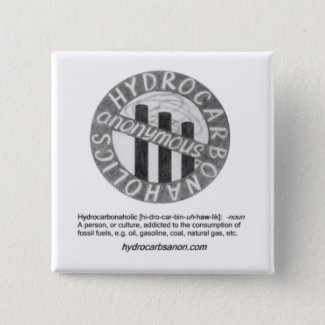Worcester, Massachusetts where I live, is just over forty miles due west of Boston/Cambridge. And there is a mass transit connection. . . sorta. A little while back, I thought I would take the train in. An experiment, to see how that would work. Because it’s easy to pester people about how “we” need to use mass transit more. Lots of places, when you actually try to use mass transit. . .
Well, here’s how it worked.
I was dropped off at 10AM at Worcester’s Union Station (a gorgeous old building, from the hey day of rail travel, vacant and crumbling for years, then revived in the late 1990s—with mixed results—as an “intermodal transportation center”). Amtrak service is almost nonexistent; the Lake Shore Limited comes through twice a day: heading west, on the way to
How late was the
First there were digital sign updates: Train Late; Track Fire. Then there were public address system announcements to the same effect. After almost an hour, there was an announcement that a bus would be sent to take train passengers to
I should pause here to note that, while the early morning trains may be populated by business people commuting in to
I went downstairs to the bus port, where I assumed the bus would pull in. The long distance bus people yelled at me irritably, said they had no idea what bus I was talking about and it wasn’t their problem anyway.
I tried to find an MBTA employee to ask for information. Couldn’t find one anywhere in the facility.
Finally, I called MBTA Central, in
Around
I would like to say “I am sure,” I’ll say instead “I hope” this was a freakishly unusual problem. But it just reinforced my feeling that taking mass transit to work isn’t an option for me right now. I could adjust to a four hour roundtrip commute; I’m not much on working on the train, but I guess I’d have to learn.
But I can’t fail to show up at meetings and classes. How much time would I have to allow to give myself a reasonable margin of error? Three hours each way? On my test trip, four hours would have been just enough.
The MBTA’s Worcester Line has a variety of problems. At the top of the list, the MBTA doesn’t own the tracks. The freight operator CSX does, so their trains have priority. But the frequency and reliability problems feed a vicious cycle that has long crippled mass transit: there aren’t enough trains and they aren’t reliable, so lots of people won’t take them.
Few riders, few trains; few trains, few riders.
Personally, I’d like to see a maglev train from
Not holding my breath. . .








1 comment:
Len points out that hopstop.com allows you to map car-free trips (mass transit and walking) in a growing number of cities.
Post a Comment